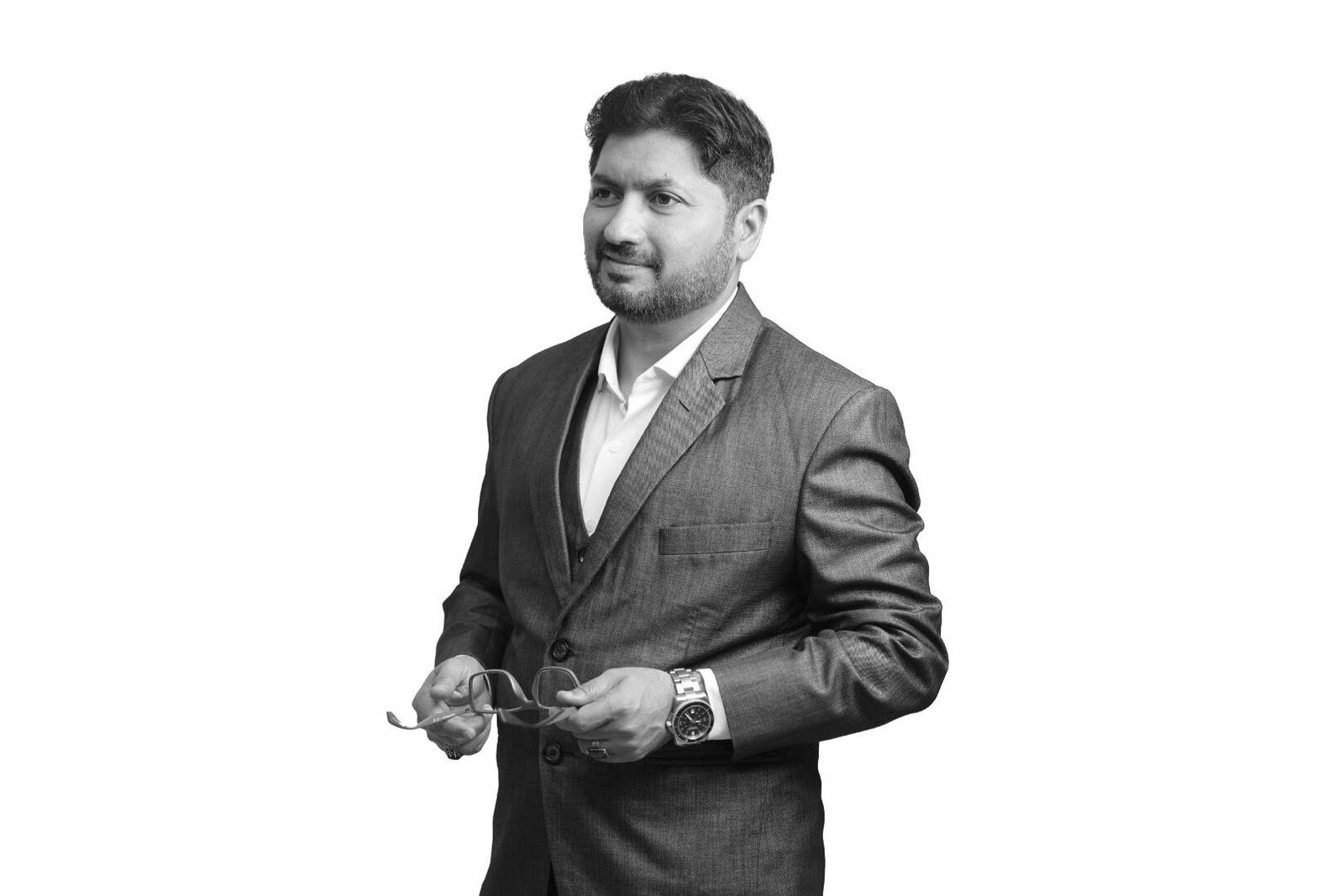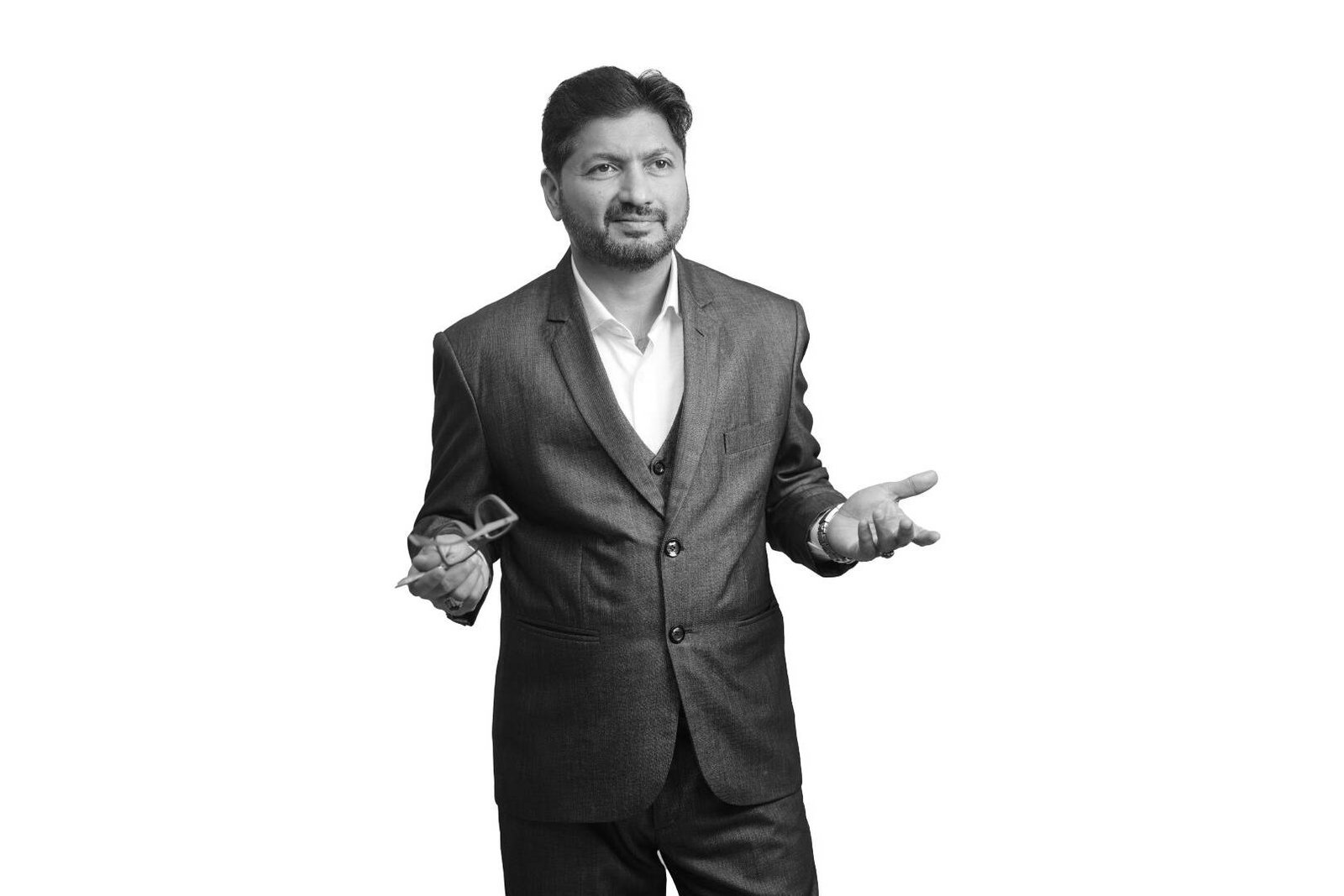Beyond parading titles, turbans, or towering billboards, the ‘Samastha’ centenary must spark radical rethinking, argues Mujeeb Jaihoon.
Should Heritage Be Beyond Reform?
As Samastha Kerala Jamiatul Ulama (Samastha) nears its centenary in 2026, a critical reflection on its reverence and relevance in the contemporary world becomes essential. Founded in 1926 in response to the Mappila rebellion and the rise of reformist movements like the Salafis and Jamaat-e-Islami, Samastha emerged as a bastion of traditional Sunni-Shafi’i scholarship in Kerala. Under the leadership of scholars such as E.K. Aboobacker Musliyar, it institutionalized religious education through a vast network of madrasas, preserving orthodox Islamic teachings rooted in fiqh, tawheed, and classical Arabic.
Beyond its educational pursuits, Samastha wielded significant influence over the socio-political consciousness of Kerala’s Muslims. Although it remained officially apolitical, its endorsements and positions—particularly with regard to the Indian Union Muslim League (IUML)—often shaped public sentiment. Even following its split in 1989 into the EK and AP factions, both offshoots continued to command moral and religious authority.
Samastha extended its influence through the Coordination of Islamic Colleges (CIC), which cultivated a new generation of scholars—Wafy and Wafiyya—rooted in Kerala’s distinctive Islamic heritage while equipped for contemporary challenges
From Colonial Modernity to the Digital Age
Samastha’s inception must be contextualized within the broader framework of colonial modernity. Just as the Brahmo Samaj, led by Raja Ram Mohan Roy, lobbied the British regime to eradicate practices like sati, Samastha responded to the colonial state’s impact on Muslim leadership by reclaiming the social writ of Sunni Ulama amid rising reformist dominance.
The colonial administration introduced Indians to democratic processes, legal institutions, and print culture, allowing religious bodies to participate in shaping public life. Yet, as postmodern historians suggest, these reforms also served colonial interests—especially economic exploitation—by co-opting elite participation while retaining control.
The works of scholars like Qasim Zaman, Barbara Metcalfe, and Francis Robinson provide a valuable lens to examine how religious organizations like Samastha adapted to this transitional moment, navigating between tradition and modernity.
A ‘Mujaddid’ Moment?
According to Sunni tradition, a Mujaddid—a reformer—emerges every century. The centenary of Samastha presents an opportunity to reflect: has the organization functioned as a collective Mujaddid for Kerala’s Muslims? Shah Waliullah’s concept of Irtifaq—the natural evolution of social structures—applies aptly here. Samastha was born out of necessity when older administrative and religious systems collapsed.
However, true reform must extend beyond organizational self-congratulation. The deeper question is: can Samastha evolve meaningfully within the digital age, or will it retreat into the comfort of its legacy?
Modern Knowledge, Integrated Scholarship
Kerala’s intellectual landscape is shifting, and Samastha must keep pace. The CIC-Samastha controversy, often dismissed as an internal hiccup, is emblematic of a broader conflict between traditional scholarship and integrated, modern Islamic education. The debates mirror those once held at Al-Azhar University in 1960s Egypt, where modern-educated scholars—termed “peripheral Ulama” by Malika Sahgal—redefined Islamic discourse in the Arab world.
To stay relevant, Samastha must legitimize integrated scholarship and include graduates of modern Islamic institutions in its decision-making bodies, particularly the Mushawara. Samastha’s transition from individual fatwas to collective Ijtihad was visionary. Now, that collective must widen its circle.
Women, Society, and Organizational Renewal
A glaring omission in Samastha’s outreach is the absence of organized efforts involving women. While women play active roles in its madrasa system, their broader participation in community life remains stifled. As more women enter public and economic spheres, Samastha must adapt—following models from Malaysia and Indonesia that successfully integrate women’s contributions into Islamic institutions.
Additionally, the organization must resist the temptation to play sectarian politics. While political neutrality is wise, apolitical passivity is not. Samastha should serve as a moral lobby, not a platform for communal one-upmanship.
Ideological Diversity and Digital Dangers
The cyber age brings new challenges. Islam’s plurality is being eroded by dogmatic monologues on digital platforms. Instead of ideological discourse, cyberspace has become a battleground of ridicule, especially over the CIC issue. The marginalization of differing views only reinforces communalism and invites state scrutiny.
One troubling episode involved a respected Kerala Muslim historian apologizing for his academic opinions due to public backlash—an incident that illustrates how organizational rigidity can stifle intellectual freedom.
Just as the Abbasid golden age flourished through intellectual contestation, Samastha must allow space for diverse interpretations and intra-faith dialogue, rather than suppressing dissent.
From Ritual to Relevance
As a scholarly body, Samastha’s focus must shift from ritualistic concerns to real-life guidance. It must address modern issues—including cinema, insurance, digital finance, organ donation, marriage, zakat systems, and technology—from an accessible, informed, and spiritually grounded position. Endless fiqh debates won’t help believers navigate today’s moral challenges.
Cyber-Islam, while democratizing religious knowledge, also creates echo chambers of misinformation. Detached from lived realities, internet-based scholars have sometimes fueled lone-wolf radicalism. Samastha must step into this space, offering accessible, informed content rooted in tradition and compassion.
Centenary as Commitment, Not Ceremony
The upcoming centenary of Samastha Kerala Jamiatul Ulama should not become a mere multi-crore spectacle celebrating a nostalgic past. Instead, it must signal the organization’s readiness to confront the future—rooted in tradition, yet fully aware of the demands of social change.
By expanding its intellectual ecosystem, validating integrated knowledge, engaging women, and speaking wisely in a digital age, Samastha can truly live up to the spirit of its founding—relevant, rooted, and reformative. If it dares to rethink and reform without severing its tradition or surrendering its values, it can not only preserve its rich legacy but also illuminate new pathways for Islamic scholarship in Kerala—and perhaps far beyond.
(Mujeeb Jaihoon is a writer exploring faith, culture, and society in the modern Muslim world. More at www.jaihoon.com)
Mujeeb Jaihoon
Mujeeb Jaihoon, reputed Indian author, explores themes of universal love, deeply embedded in a disruptive spiritual worldview.
Related Posts
Dec 09 2025
Attention: The Hottest Commodity in Town and How to Reclaim It
Learn why attention is the new gold for corporations. Discover digital habits…
Dec 05 2025
The Rise and Reign of the Corporate Persona: Deception, Power, and the Myth of Brand Identity
How popular media complicity turbo-charge the corporate persona, which…
Nov 28 2025
The Market and Media’s Delulu Saga: Unpacking the Cinematics Behind Economic Boom and Bubble Bursts
Mujeeb Jaihoon traces the unholy alliance between the two actors in a…
Nov 27 2025
Character: The Trophy of Education
Education, be it sacred or secular, is everything but itself if it does not…




Is anybody listening? All Muslims organizations, let alone Samastha, in Kerala should enter the democratic space and involve in debates concerning the society, not just Muslim issues. They also need to democratize themselves by streamlining the organization with timely leadership elections to pave the way for new faces. Samastha is a massive organization and it can do wonders if they wish to change themselves in the interest of the society. Congrats Jaihoon for flagging some of the pressing issues.
Thanks for your critical words